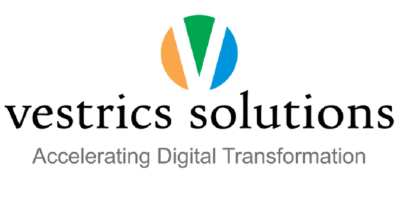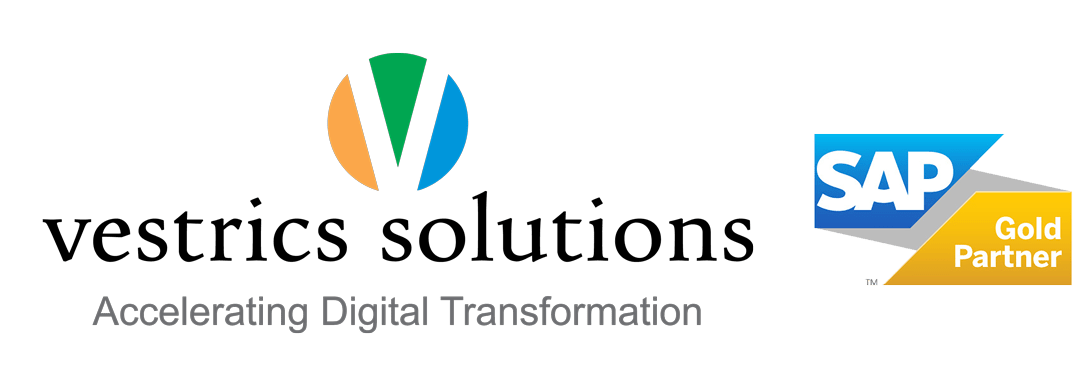Unleash the Power of Business AI with the SAP Business Technology Platform
One might assume that AI’s transformative power is confined to the tech-centric realm of Silicon Valley. Think again! It is slowly making significant strides in the Enterprise Resource Planning (ERP) sector as well. Organizations must embrace the shift from traditional methods to a new era of efficiency and innovation with SAP Business Technology Platform (SAP BTP) and SAP Business AI. So, why should AI be on your radar? Far from being a distant concept confined to cutting-edge tech hubs, AI is now actively addressing real-world business challenges and delivering measurable enhancements, consistently. Consider it a high-efficiency engine engineered to optimize your business operations, accelerating processes and increasing overall efficiency. Whether you’re dealing with slow and unreliable application development, selecting the most effective tools for your needs, or aiming to enhance sustainability efforts, AI provides actionable solutions. Are you prepared to explore the transformative impact of AI on the ERP landscape? Get ready, because SAP BTP is poised to unlock AI’s full potential for your organization’s growth. This isn’t just about keeping pace with technological advances; it’s about leading the way into the future. Let’s delve into how AI is revolutionizing ERP systems and how SAP BTP is at the forefront of this evolution. Transforming ERP with SAP BTP and AI: Speed, Precision, Sustainability 1. Speed Up Application Development Creating enterprise-ready applications can feel like an endless loop. Traditional methods are slow and cumbersome, requiring a lot of manual work and expertise. But SAP BTP is here to change the game. Imagine if you could cut through the red tape and get your applications up and running at lightning speed. What’s Changing? SAP Labs are harnessing the power of generative AI to simplify application development. By using the Cloud Application Programming (CAP) model, AI can automatically generate proposals for SAP BTP applications. Developers simply describe the application’s capabilities, while AI handles the heavy lifting. A few commands later, you’ve got an application ready to be refined and deployed. Why Does it Matter? This leap forward means that applications, including extensions for SAP S/4HANA Cloud, can be developed within hours instead of weeks or months. Faster development boosts productivity and enables businesses to adapt swiftly to changing needs and seize opportunities with agility. 2. Choose the Right Large Language Model (LLM) When it comes to advanced AI models, one size doesn’t fit all. SAP BTP provides the flexibility to select from various large language models (LLMs) and similar tools, tailored to meet your specific needs. What’s Changing? SAP BTP’s new reference architecture allows developers to integrate with models like OpenAI’s GPT and other LLMs. This setup enables seamless blending of these models with SAP S/4HANA and other SAP solutions. Thanks to SAP’s AI Core, developers benefit from context validation and portability, ensuring the secure and effective use of LLMs. Why Does it Matter? The ability to choose the right LLM for your application enhances functionality and relevance. It means more precise, context-aware solutions that can handle complex tasks and provide deeper insights. This flexibility ensures that your ERP solutions are not only cutting-edge but also highly customized to fit your business requirements. How to Unlock Business Value with SAP Business AI 1. Realize Immediate Results Integrate AI into your existing SAP solutions to automate tasks, streamline processes, and see instant business improvements. This accelerates efficiency and enhances operational agility across your enterprise. 2. Data-Driven Decisions Make informed choices with AI-powered insights derived from your business data. This ensures that decisions are based on real-world information and are backed by actionable intelligence. Leveraging these insights allows you to stay competitive and respond quickly to market demands. 3. Responsible Innovation Adopt AI with confidence, knowing that SAP prioritizes ethics, security, and privacy. This responsible approach ensures that AI tools are used effectively and ethically within your business. It promotes trust among stakeholders and helps ensure long-term sustainability of AI initiatives. Real-World Applications of Business AI on SAP BTP Manufacturing Predictive maintenance is a key use case in manufacturing, where AI analyzes data from machinery to predict potential breakdowns before they happen. This reduces downtime and lowers maintenance costs and extends the life of expensive equipment. Retail In retail, AI is transforming the customer experience by offering personalized recommendations, optimizing inventory, and predicting buying trends. Retailers using SAP BTP can leverage AI to provide tailored offers based on customer preferences and purchasing history, boosting sales and customer satisfaction. Professional Services In the professional services industry, AI automates routine tasks such as project management, resource allocation, and time tracking. SAP BTP’s AI capabilities help firms optimize resource utilization, improve project delivery timelines, and enhance client satisfaction by providing real-time insights into project performance, budgets, and profitability. This allows firms to make data-driven decisions and improve overall operational efficiency. AI on SAP BTP is revolutionizing not only manufacturing, retail, and finance but also numerous other industries. From optimizing supply chains in logistics to enhancing patient care in healthcare, AI applications drive efficiency, improve decision-making, and enhance customer experiences across the board. Streamline Business Activities with SAP and Vestrics Solutions- A SAP Partner in India. Business AI is no longer a futuristic concept – it’s here, and it’s reshaping industries. The SAP Business Technology Platform offers a powerful way for companies to unlock the full potential of AI, transforming their operations and creating new growth opportunities. Ready to transform your ERP experience from a SAP partner in India? Streamline your business activities with the power of SAP and Vestrics Solutions—an ERP service provider and SAP partner in India. Whether you’re planning to look for ERP solutions for small businesses or looking for SAP Implementation, Migration, or Upgrade services, for SAP Business ONE or SAP S/4 HANA Cloud, Vestrics Solutions can help you harness SAP’s innovative solutions to achieve your business goals. Visit the website today and embrace the future of ERP with SAP and Vestrics Solutions, and watch your business operate with newfound efficiency and insight.













